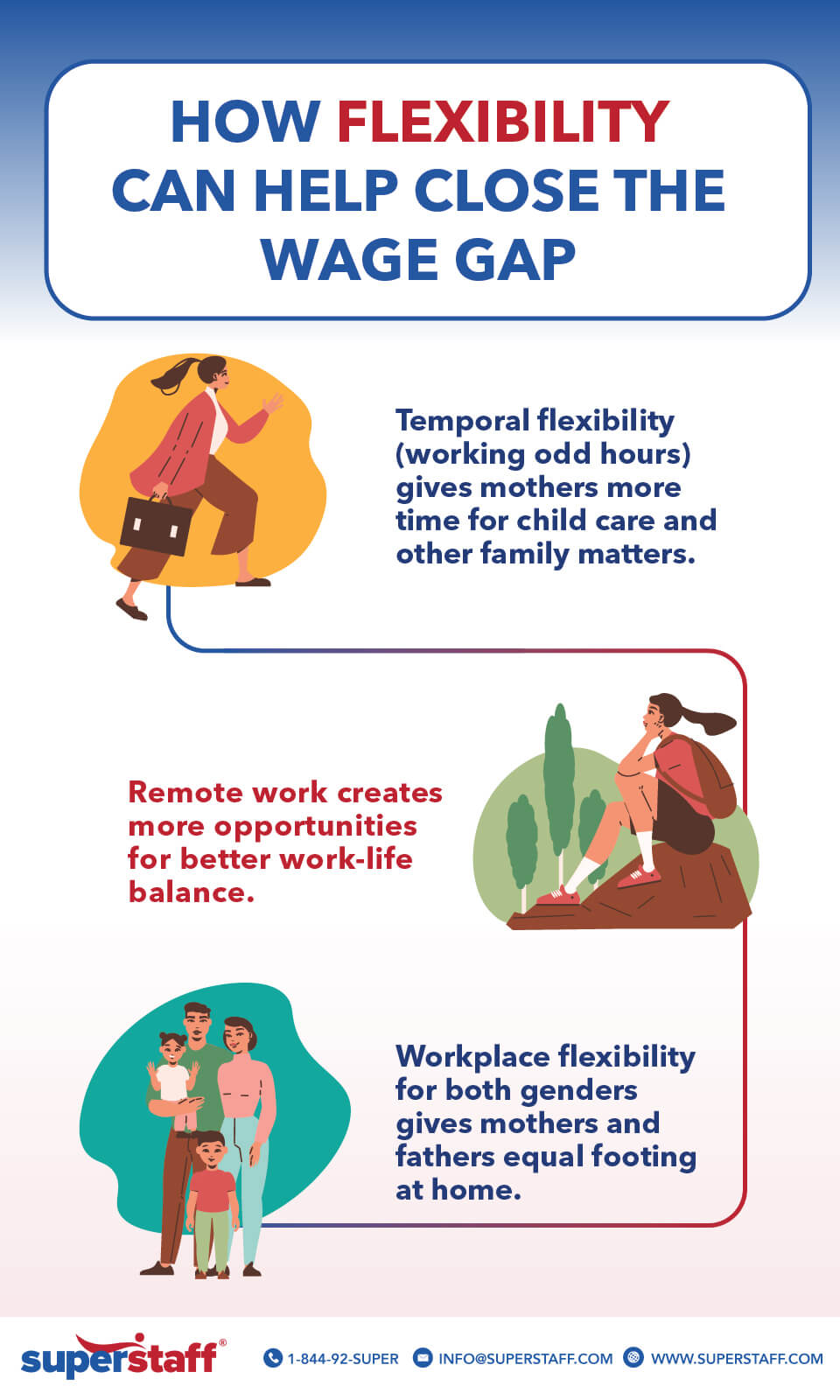
It’s not easy being a girl.
Generations of patriarchy have hard-wired women to think, speak, and act a certain way. We lived in boxes that dictated what we could and could not do for so long. We were taught to know our place: staying home and taking care of the kids.
Unlike men, we were led to believe that we couldn’t have it all. We either get a marriage and a happy family life or a job and a successful career.
But women persevered. We fought for the right to vote, the right to our bodies, the right to have jobs, and the right to free ourselves from society’s boxes. Fast forward to the 21st century, and three waves of feminism later, women are breaking glass ceilings. As it turns out, we can have it all. There’s just one caveat: we get paid less.
Equal pay for equal work seems like a simple enough concept. We both did the same amount of work for the same length of time. Then, we should get paid the same amount of money, right? Well, not if you’re a woman. Being a woman means you only get paid 83 cents for every dollar a man makes.
Othering Mothers
The wage gap is more nuanced than it seems: It’s worse for women of color and immigrant women. It’s also different across countries, industries, demographics, and, surprisingly, age.
Here’s why: Straight out of university, men are already paid more than women. But the gap widens drastically when they hit their 30s. Then, it shrinks again when they turn 50. The reason behind this is that the late 20s to early 30s are the child-rearing years for most people.
Picture a married heterosexual couple working for the same company: Once they decide to have kids, the woman will have to take maternity leave and eventually take care of the kids. Meanwhile, the man is expected to step up and provide more. He will get promotions, as she is forced to turn down opportunities.
The gap will widen, playing out for years until the kids are off to college or have their own lives. Hence the gap narrows toward retirement age.
A Danish study that compared the earnings of men and women who don’t have children and the earnings of those who do found that motherhood and the “child penalty” are driving the wage gap.
Hillary Clinton once recalled a 1980s advice column that perfectly captured society’s perception of mothers in the workplace. Someone wrote asking for suggestions on how to decorate their desk.
The response: if you’re a man, put up photos of your family to show you’re a good provider. But if you’re a woman, don’t, because it would appear as if you can’t focus on your job.
The sad thing is that it still holds four decades later.
Narrowing the Gap

While the fight for gender equality has certainly come a long way, it still has a long way to go.
We can start by unlearning what centuries of patriarchy have taught us, that women are just caregivers and men are just breadwinners.
As such, narrowing the gap requires a multi-pronged approach centered on two key points: creating equal career growth opportunities for men and women and making childcare accessible for both. Addressing one without the other won’t be enough to tip the scales. Genuine change can only happen if we view men and women in the same light, capable of being providers and carers of the family.
Temporal Flexibility
Balancing meaningful family life and a successful career may seem challenging, but according to a labor economist from Harvard, flexibility is the key. Claudia Goldin’s research found that the wage gap is significantly narrower in tech compared to other industries that require more rigid work hours.
This is because flexible work hours level the playing field for women juggling work with home life. Industries that allow “temporal flexibility” (working odd hours), like tech, give mothers more time for child care and other family matters. At the same, it doesn’t hurt their chances of getting promoted.
Remote Work
Remote work is another wage gap equalizer. The ability to work from home creates more opportunities for better work-life balance. A study revealed that working mothers are 32% less likely to quit if they can work remotely. A virtual office set-up allows women to reconcile their responsibilities at home and work without sacrificing one or the other.
At the end of the day, it shouldn’t be about when you clock in or where you work. It should be about the quality of work you can deliver.
Equal Footing at Home
Now let’s look into another thing that’s fuelling the wage gap, the stigma against men and childcare.
While women make up nearly half of the U.S. workforce, they are still responsible for most housework. Chores are often gendered even when they shouldn’t be. Cleaning, cooking, and child care are things expected of a woman. Meanwhile, if you need help with a leak in the sink, or a busted taillight, that’s Dad’s area of expertise.
A study revealed that as child care demands went through the roof during the pandemic, women took on an additional 173 hours of unpaid child care, while men only took roughly a third of this (59 hours). This massive gap in child care provision reveals a fascinating angle on why women struggle to climb the corporate ladder.
Men put in more hours at work because they are considered the primary providers, leaving little room for household responsibilities. In a two-income household, women tend to give way to men when it comes to their jobs. Mothers are more likely to leave work for things such as school meetings and doctor visits.
But this shouldn’t have to be the case. Workplace flexibility for both genders gives mothers and fathers equal footing at home. A work environment that allows fathers more freedom to pitch in at home, consequentially frees up time for mothers to focus on their work.
Interestingly, this is how Iceland, the most gender-equal country in the world, is addressing the wage gap. The Land of Fire and Ice pioneered a measure providing three months of non-transferable parental leaves to both mothers and fathers – breaking the stigma and urging men to take on bigger roles in childcare. Since the leaves couldn’t be transferred, men were forced to take them or lose them.
The U.S. and other developed countries have yet to follow Iceland’s example. Still, companies such as the Bank of America, Deloitte, and IBM are advancing equal childcare provision with parent-friendly policies. These companies offer workplace flexibility, paid parental leave, and other benefits to ensure that their employees can pursue fulfilling careers without compromising their home lives.
Forging the Path to Equality
Policy changes, however, are just a part of the solution. The wage gap is an issue that runs deep, intrinsically rooted in how we perceive women.
For instance, there’s this 50-year riddle about a father and his son who get into an accident. The dad died on the spot. When the boy was brought in for surgery, the doctor said, “I cannot operate because he is my son.” How did this happen?
Sadly, most answer gay dads, an angel, or a stepdad. A few would say the surgeon was the mom.
The riddle works because of gender bias. Some think a woman surgeon is so bizarre that it’s out of possibility. Whether we do it intentionally or not, we don’t see a woman when we picture a person with a high-paying job.
Society equates masculinity with power and femininity with weakness. This view often gets in the way of women landing leadership roles and getting salary hikes.
To liberate ourselves from the sticky floors in the corporate world, we need to take up more space and shatter more glass ceilings. The more representation we have in the boardrooms, newsrooms, Congress, and other seats of power, the closer we move to closing the gap.





